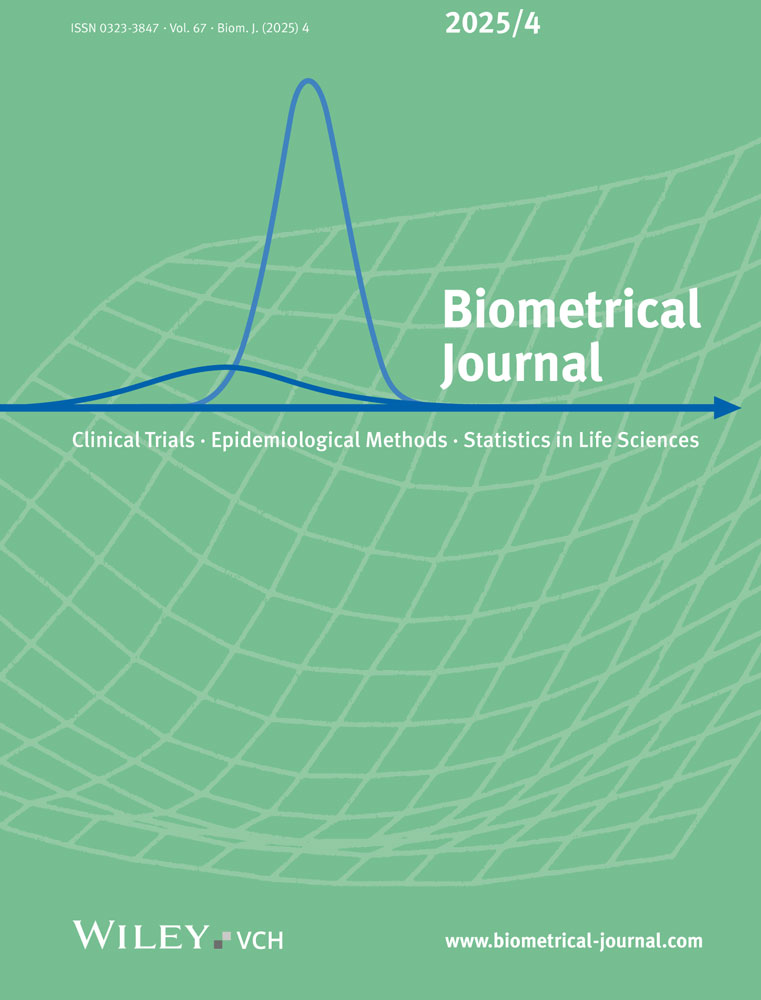Some Methods for Summarizing Survivorship Data in Nonstandard Situations
Abstract
One difficulty in summarising biological survivorship data is that the hazard rates are often neither constant nor increasing with time or decreasing with time in the entire life span. The promising Weibull model does not work here. The paper demonstrates how bath tub shaped quadratic models may be used in such a case. Further, sometimes due to a paucity of data actual lifetimes are not as certainable. It is shown how a concept from queuing theory namely first in first out (FIFO) can be profitably used here. Another nonstandard situation considered is one in which lifespan of the individual entity is too long compared to duration of the experiment. This situation is dealt with, by using ancilliary information. In each case the methodology is illustrated with numerical examples.




